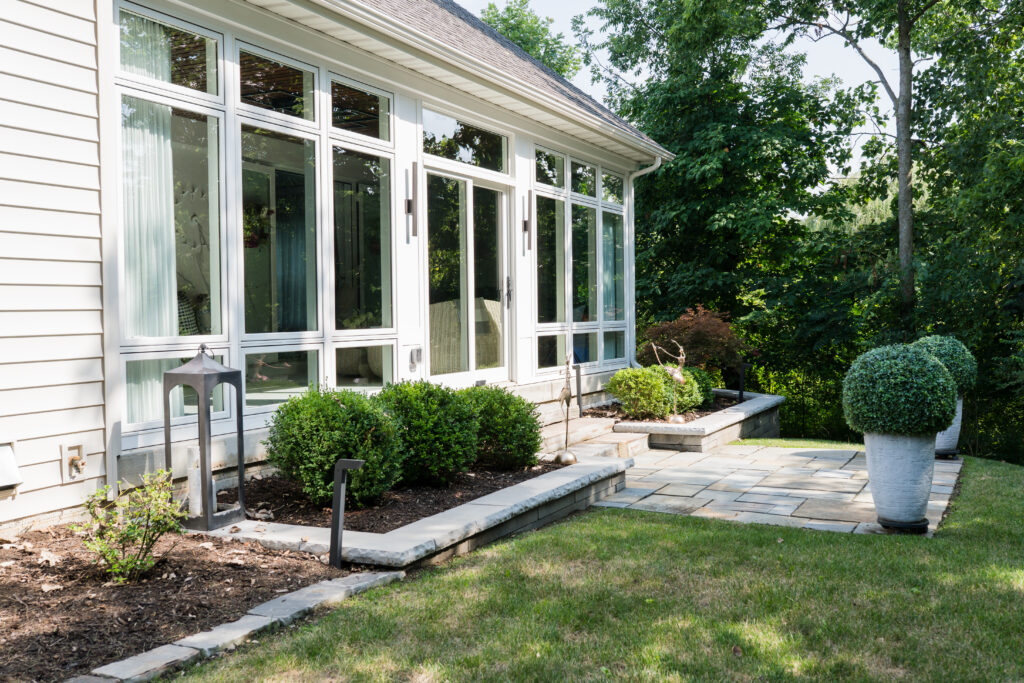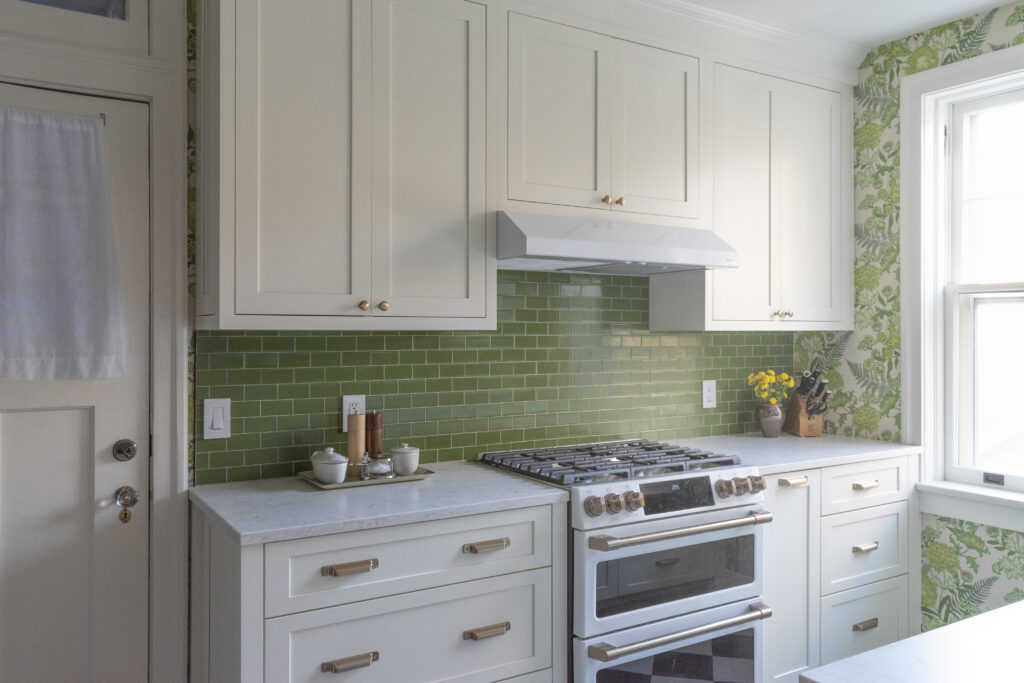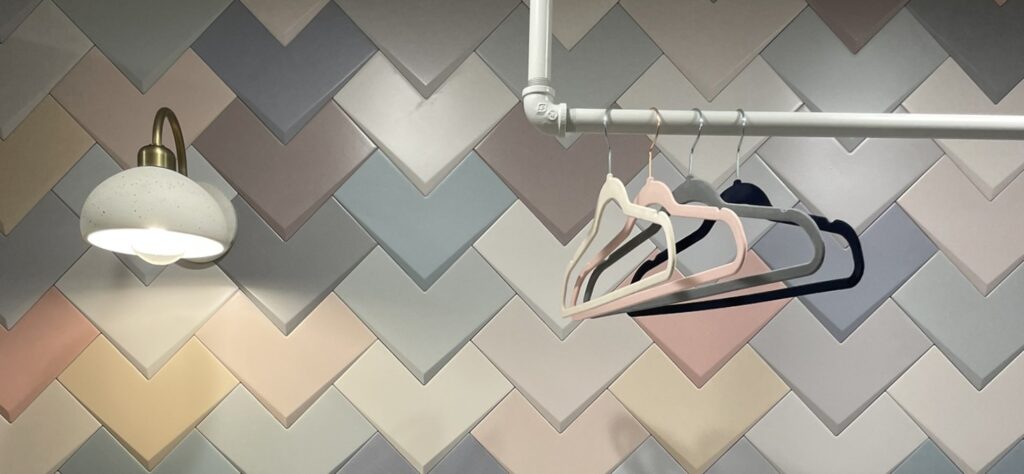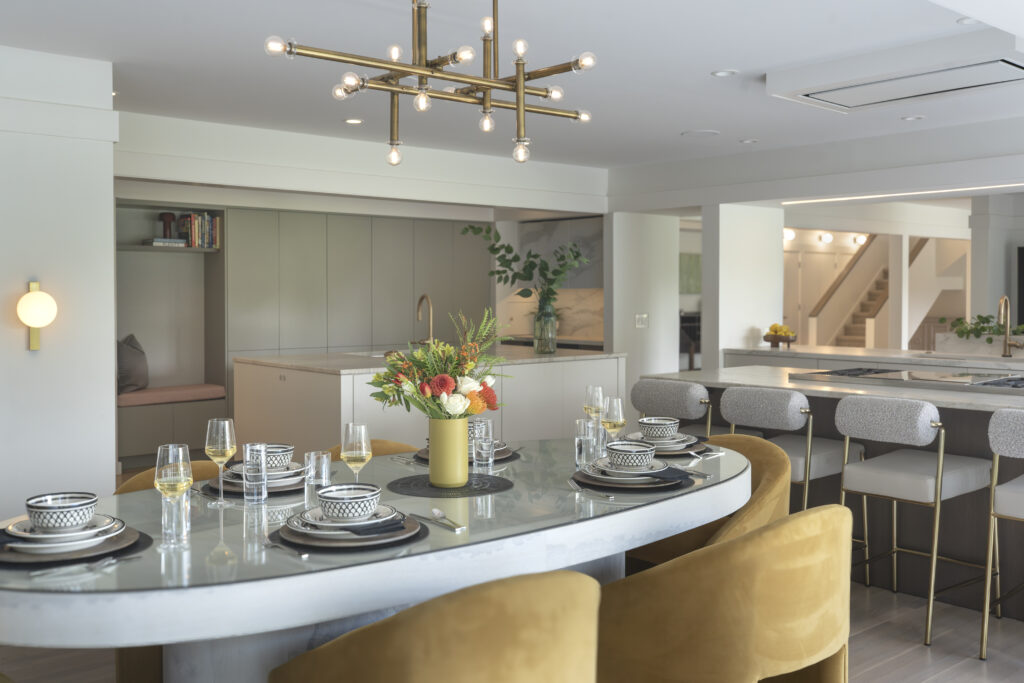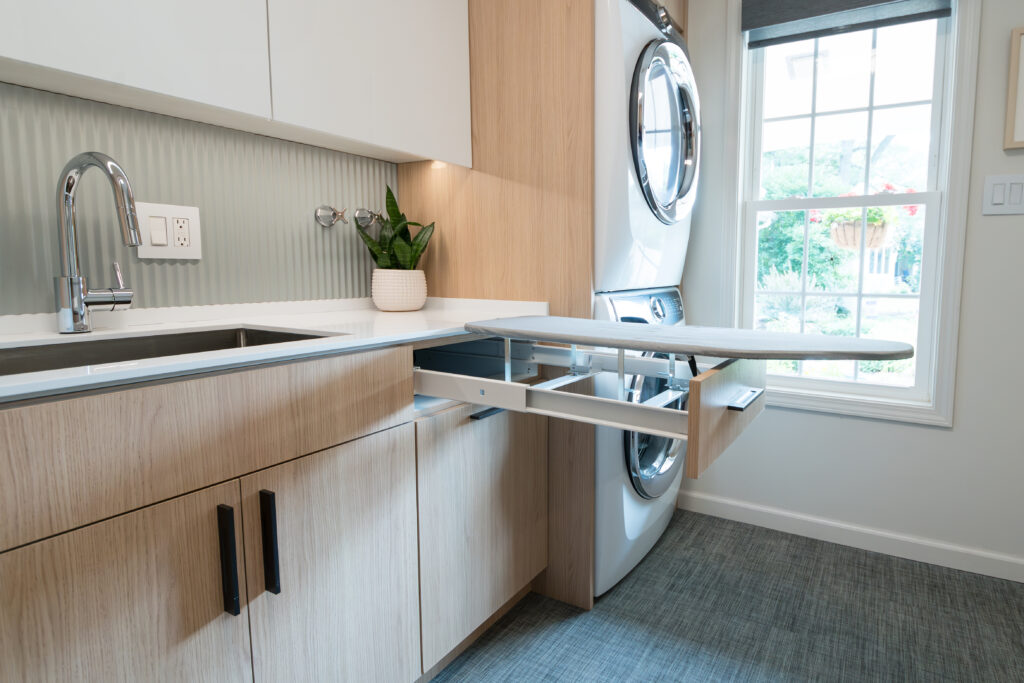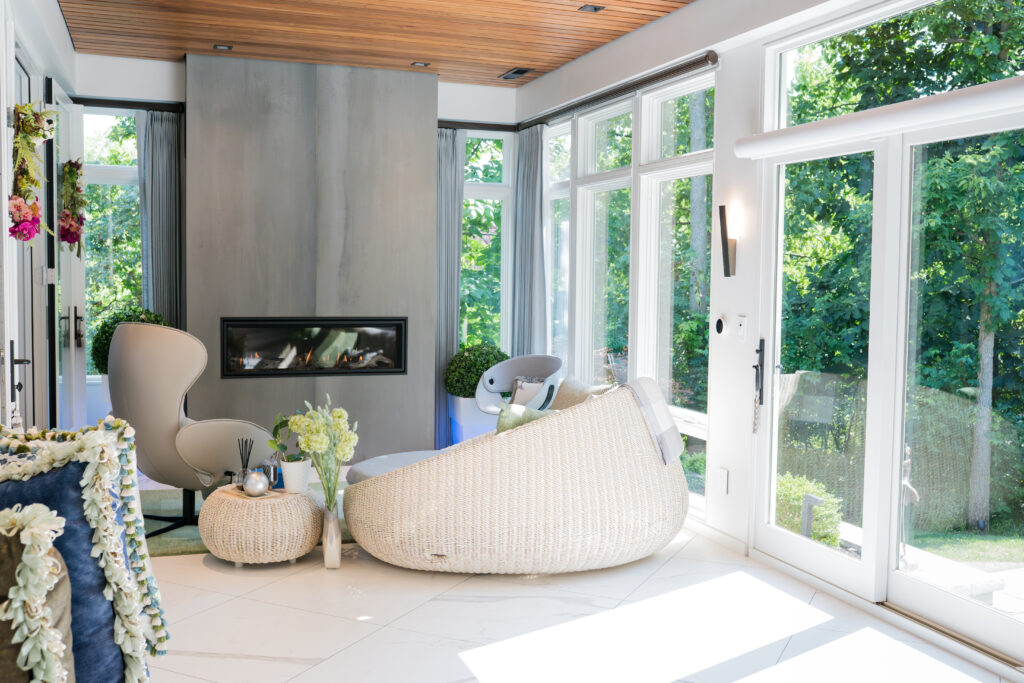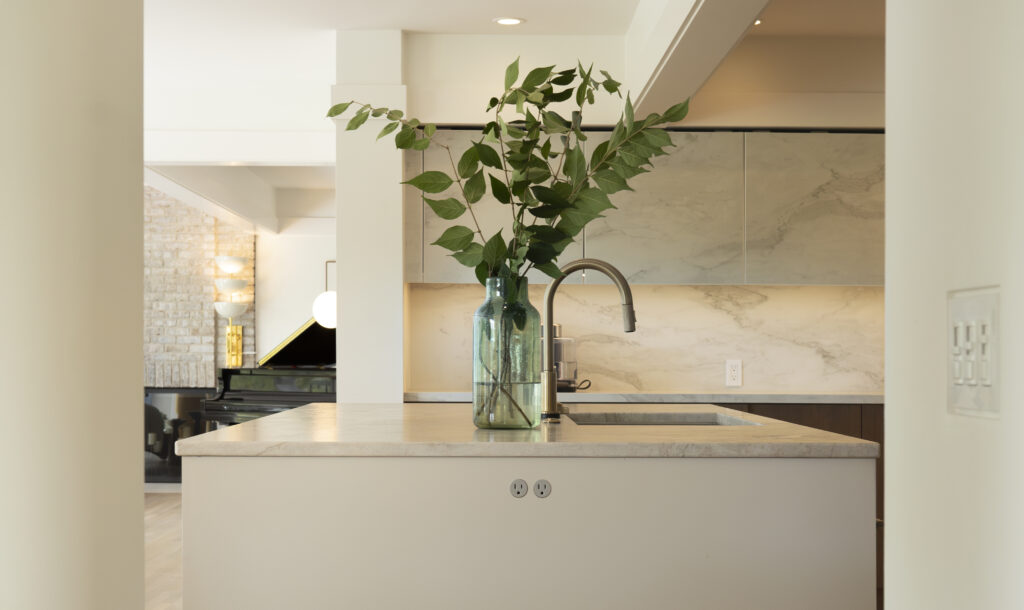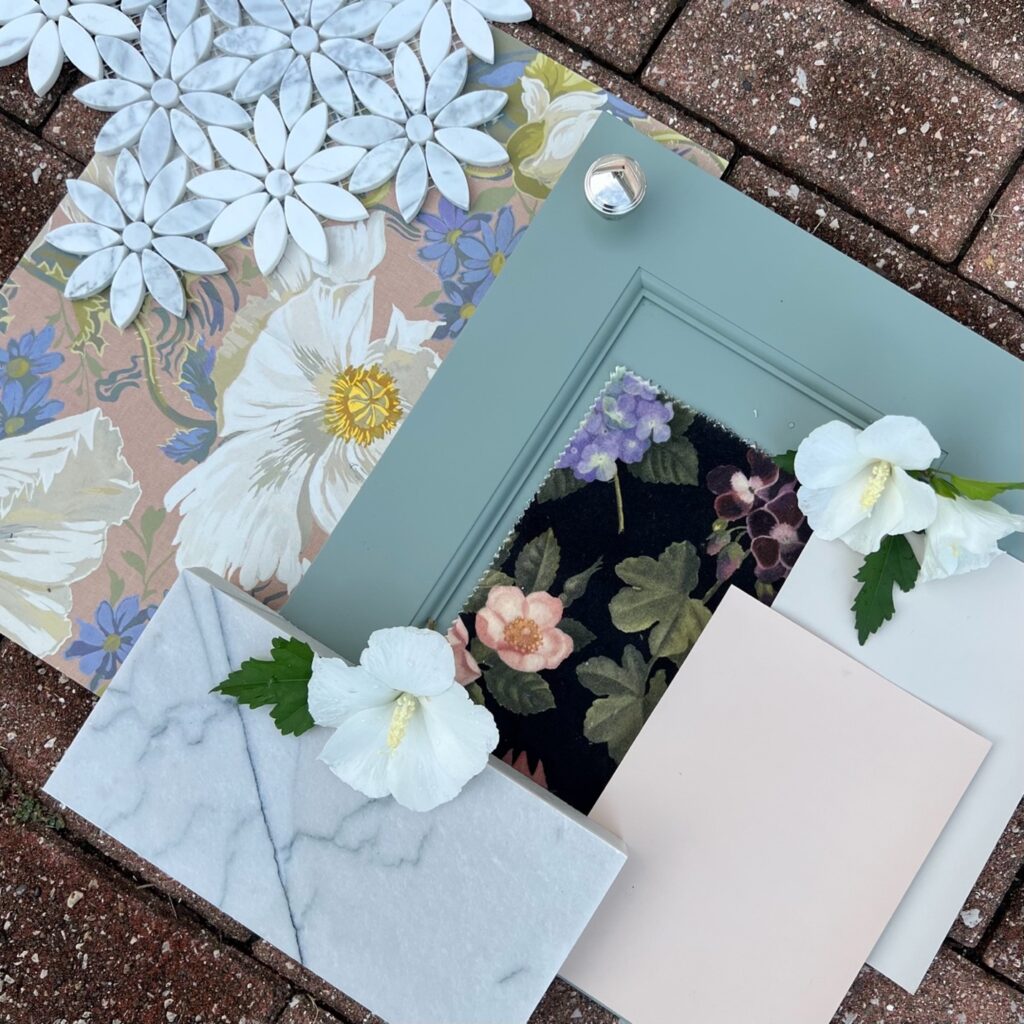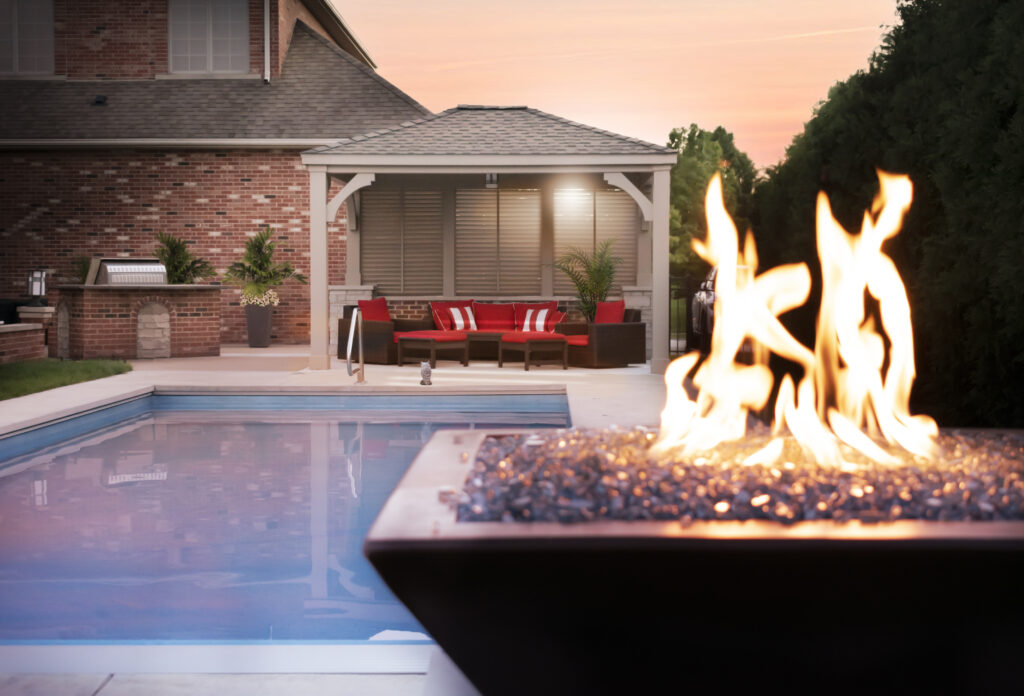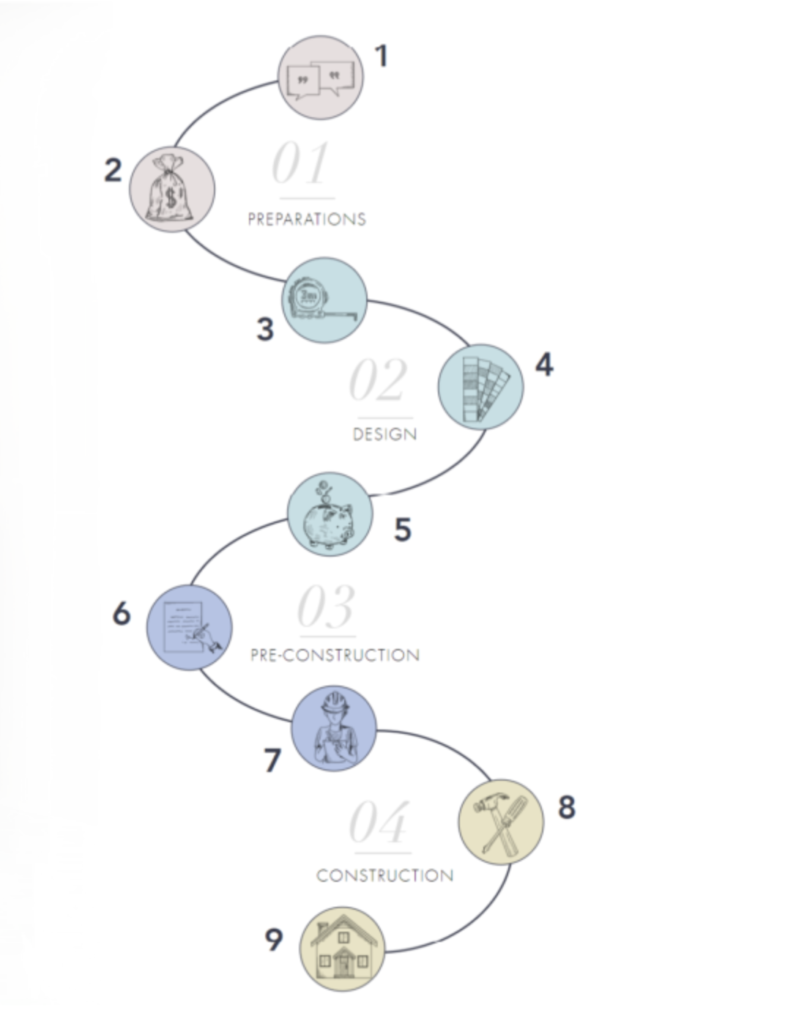Custom Closet Design: Why SDG Brought Closet Systems In-House
Key Takeaways: Custom Closet Design is Now a Standalone ServiceSpectrum Design Group now offers fully custom closet design as an individual service — no full renovation or design project required. Designed, Built, and Installed In-HouseMoving beyond previous partnerships, SDG creates closet systems entirely in-house, ensuring better materials, deeper customization, and seamless integration. A Simple, Impactful First StepA custom closet design project elevates daily life without the disruption of a major renovation. Start 2026 with a new Custom Closet Design There’s something about the turn of the calendar that makes us crave order. Whether it’s decluttering after the holidays or setting ambitious goals for the year ahead, January tends to put organization top of mind. And for many of our clients, that starts in the most personal of spaces: the closet. We’ve always believed that great design doesn’t stop at the surface; it lives in the details. That’s why we’re excited to announce that we now design, build, and install fully custom closet systems in-house. This is more than just an expansion of our services. It’s a reflection of our belief that the spaces where we begin and end our days deserve the same level of attention, craftsmanship, and beauty as the rest of the home. More Than Storage — A Space That Supports Your Life A well-designed closet does more than keep things organized. It removes friction from your day. It turns the morning rush into a calmer routine. And it makes your home feel more intentional from the moment you open the first drawer. We’ve seen how even a single closet renovation can transform a daily routine. That’s why we now offer closet projects as standalone services — no full-scale renovation required. A Simple First Step into Custom Closet Design In the past, most of our custom closet design work happened as part of larger renovations. But recently, we’ve heard from clients who want to start smaller, with the primary suite closet that’s never quite worked, or the reach-in that’s crying out for better function. So, we’re making it easy to begin there. This isn’t an off-the-shelf solution with limited options. It’s a completely custom process: designed, built, and installed by our in-house team, with premium materials and a level of personalization that reflects how you live. From initial consultation to installation, the typical timeline is about three months, which means starting a conversation now puts you on track for a spring refresh. From Off the Shelf to Fully Custom Craftsmanship For years, we partnered with a well-known national brand provider for organization systems, and it worked well. But over time, we found that our clients needed more. More flexibility in materials. More integration with the rest of their home’s design. More ability to create something truly one-of-a-kind. More value from their investment. Now, our closet systems are designed and fabricated by the same craftspeople who create our custom cabinetry and architectural millwork. We can match wood tones, integrate lighting and mirrors, offer motorization, hide hampers and accessory storage — whatever your lifestyle calls for. And because it’s all done under one roof, we maintain complete control over design integrity and quality from start to finish. Big or Small, It All Starts with You The beauty of starting with a closet is that it’s a project that has a significant influence on how you function, but takes less time and isn’t nearly as disruptive as a major renovation. We begin by understanding your space, your habits, and your goals. We also take inventory of each item you want kept in your closet to ensure every piece has a place. Then we design around you by incorporating the features you need with the materials and finishes that reflect your style. Whether you’re dreaming of a boutique-style walk-in dressing room or want to maximize a compact reach-in closet, we’ll help you make the most of the space you have. Let “Get Organized” Be More Than a Resolution If your goal for the new year is to level up your daily routine, your closet is a practical place to start. Let’s work together to create a closet that brings order to chaos, function to frustration, and maybe even a little joy to your morning routine. Ready to start 2026 with a space that actually works? We’re booking consultations for Q1 closet projects now. Contact us to get on the calendar.









